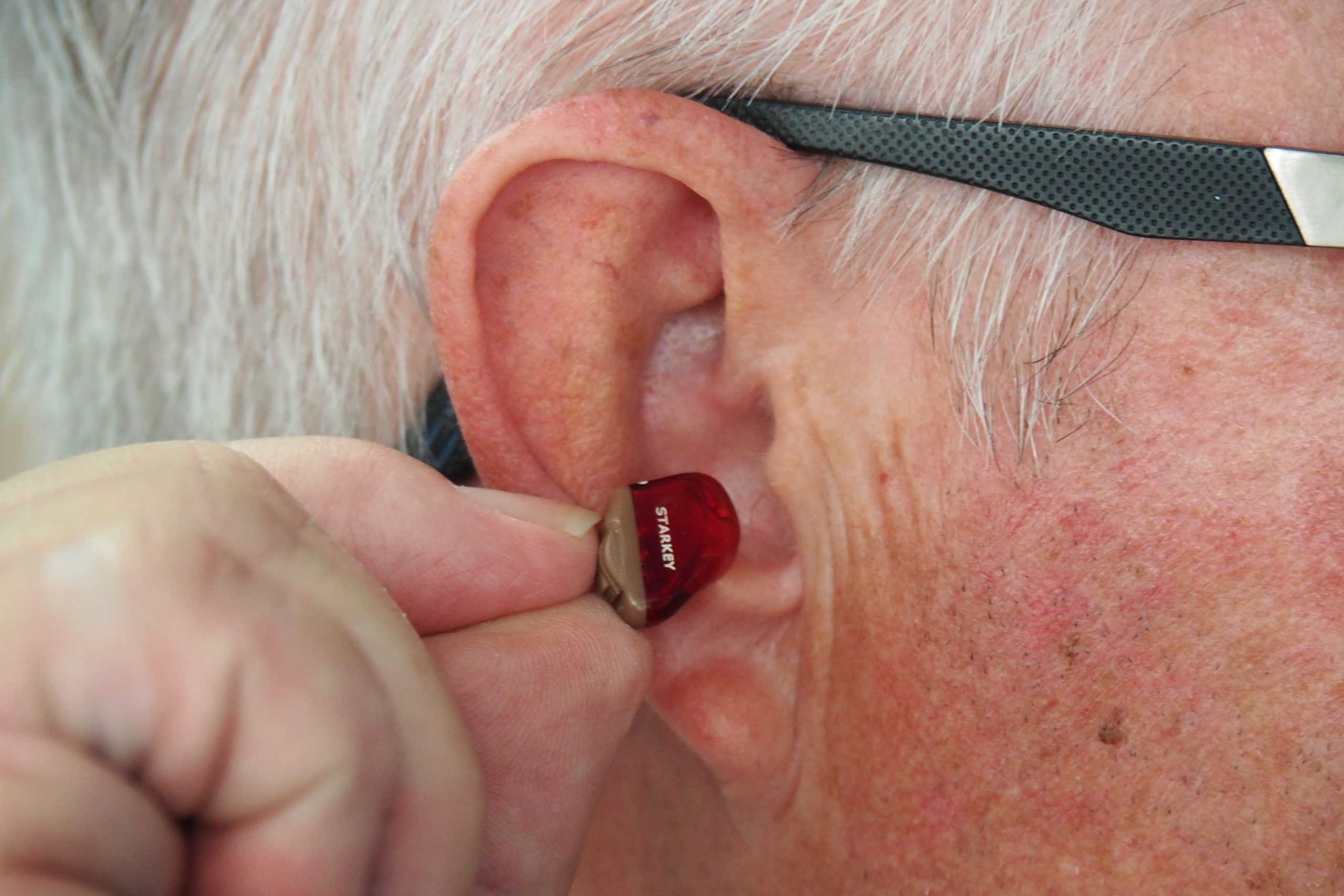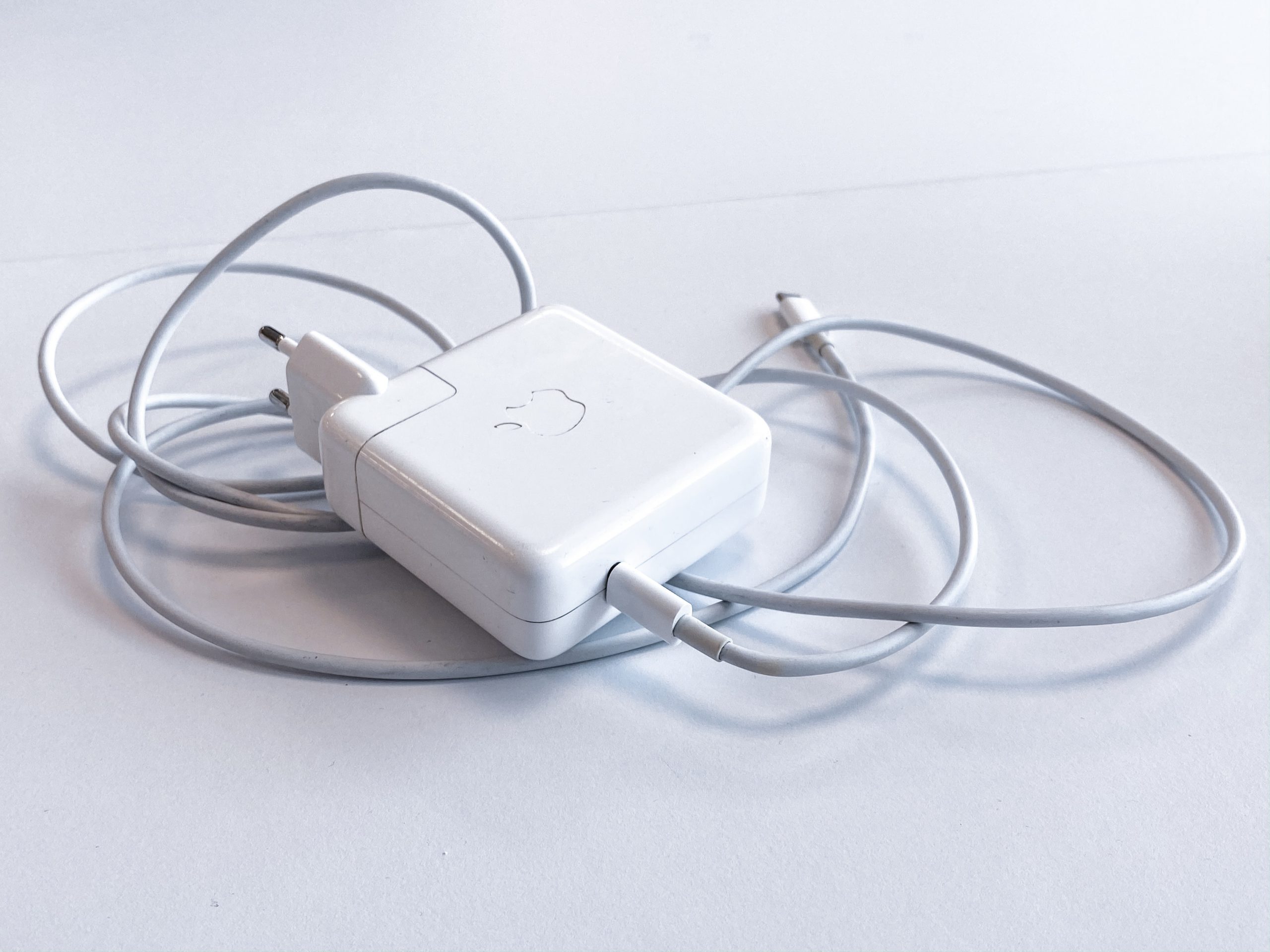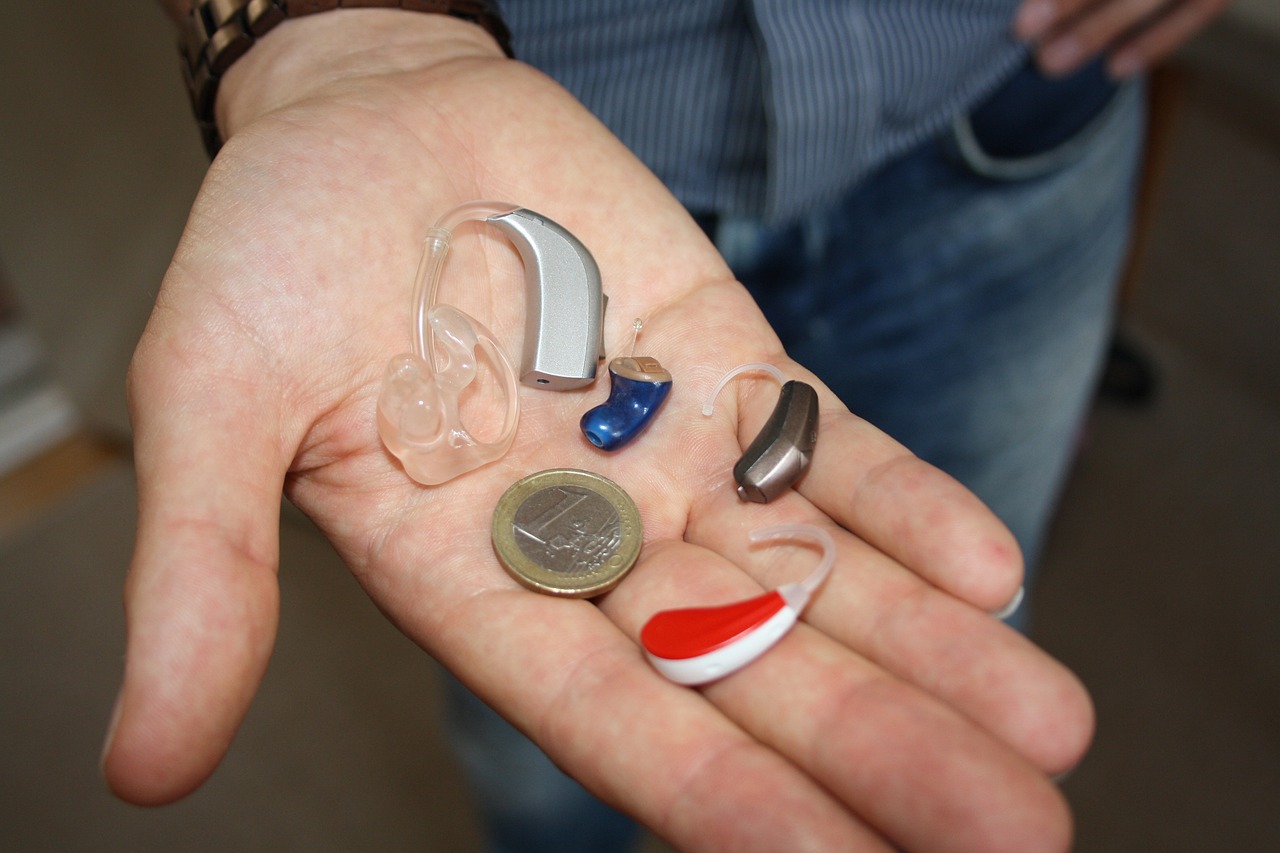
This article has been audited and reviewed by Dr. Ben Thompson, an audiologist and tinnitus expert. For more information about Dr. Thompson, click his name or read his bio below the article!
Despite commercially launching over 20 years ago, Bluetooth continues to remain synonymous with cool, modern technology, and for good reason! This highly functional technology is loaded into all manner of modern devices: phones, laptops, TVs, and speakers are just a few common examples. And now, Bluetooth Hearing Aids.
Seemingly perfect for each other but only recently realized, the synergy and convenience between Bluetooth and hearing aid signal the start of a new generation for the hearing industry.
Contents
What is Bluetooth? How Does Bluetooth Work With Hearing Aids?
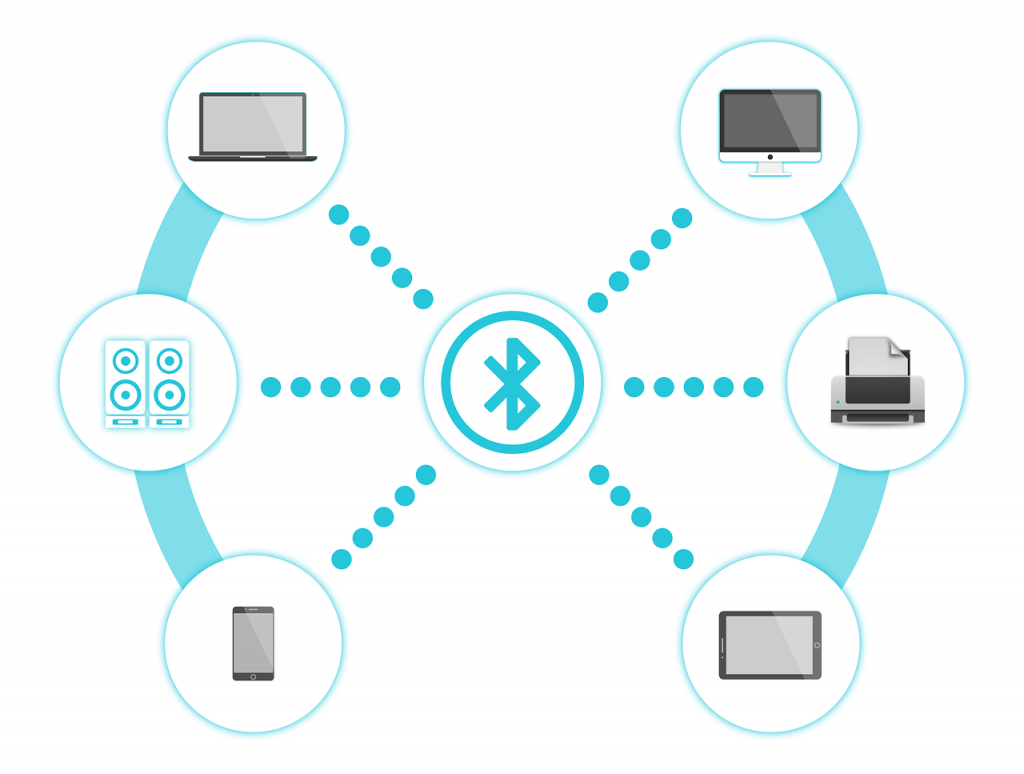
First, let’s start with Bluetooth. Bluetooth is a wireless communication technology that can connect two devices, allowing them to share information using high-frequency radio waves. It’s safe and secure; most modern devices like your phone (or even your refrigerator!) use it.
This is different from Wi-Fi, which connects a device to the internet.
Hearing aids equipped with Bluetooth can communicate with other electronic devices, such as your smartphone.
It is important to note, however, that not all hearing aids can connect to all Bluetooth devices.
Apple, for example, has its own “Made for iPhone hearing aids” which allow Bluetooth pairing between certain hearing aids and Apple iOS devices such as iPhones/iPads. You can find a list of currently supported hearing aids on Apple’s website.
For other devices and situations, you may need a streamer device. This device is usually worn around the neck or kept in your pocket. The streamer acts as the middleman, receiving the information from your smartphone or other Bluetooth device and then sending it to your Bluetooth hearing aids.
Make sure to research the full Bluetooth capabilities of a hearing aid when considering a purchase!
The Difference Compared to Traditional Hearing Aids
Bluetooth hearing aids still work the same way as traditional hearing aids. They also perform the same function.
The main difference is the “connectivity.” Instead of taking out your traditional hearing aid to put in earbuds and listen to music, you can just connect your hearing device to your music player and listen directly.
The Benefits of Bluetooth Hearing Aids
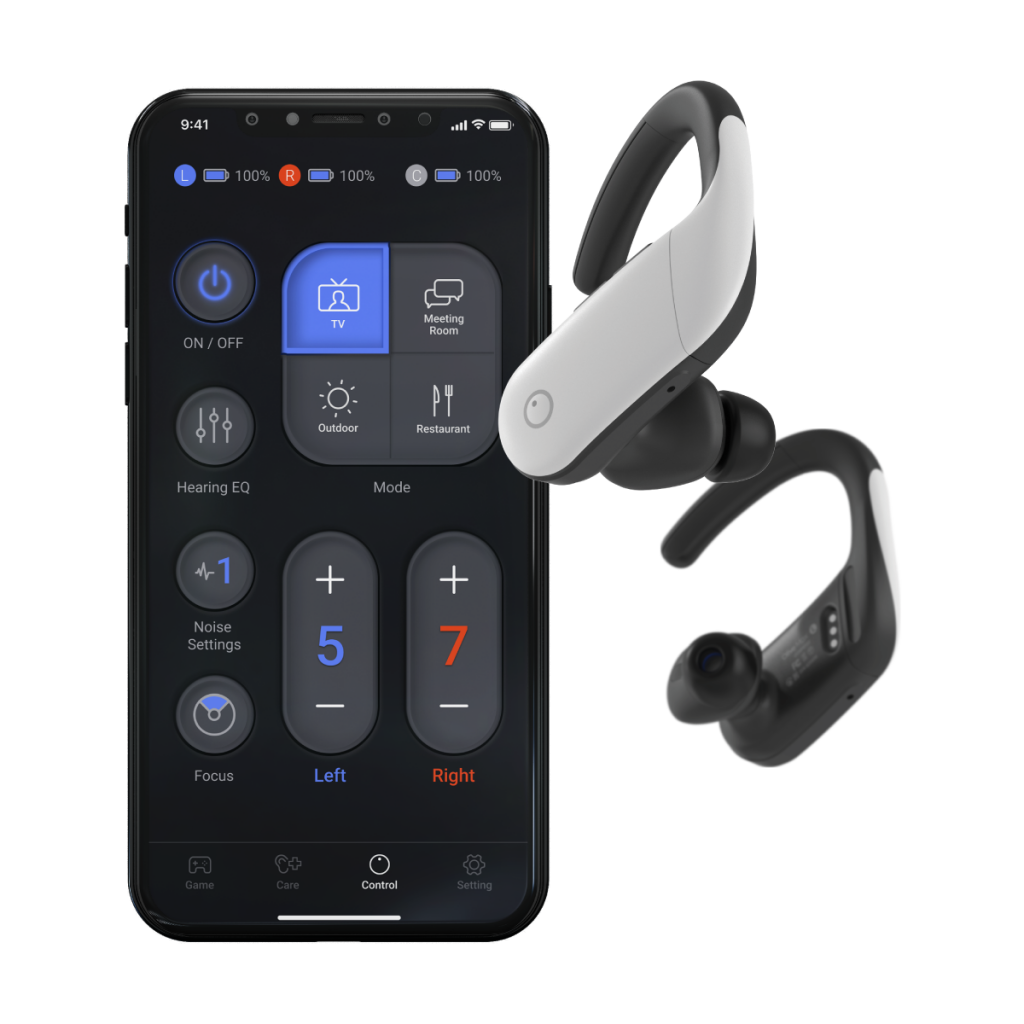
Personalized Listening & Remote Control
When using a wireless hearing aid, you have greater control over all the settings of your hearing device. You can personalize the device to your own ears specific needs by using your phone as the Bluetooth remote control: louder volume in the left ear and higher amplification of a certain pitch in the right, for example.
Speaking of control, many Bluetooth Hearing Aids with connectivity features can be controlled remotely. You can install a smartphone app that will allow you to adjust the settings, change the volume, and other discrete changes with ease.
This is especially useful for smaller models of hearing aids, whose small size makes fitting controls on the actual hearing aid a tall task.
Wireless Music & Phone Calls
With wireless hearing aids, you can stream your music directly to your hearing aids, turning them into wireless earbuds. No need to wear headphones over your hearing aids.
Phone calls can also be streamed to your hearing aid, turning you into the early 2000s Bluetooth headset-wearing businessman you’ve always wanted to be!
Binaural Hearing
With binaural hearing technology, your hearing aids work together to present amplified sound to both ears, giving you better speech perception and a clearer listening experience. This function is particularly useful for phone calls, as it allows the caller’s voice to be heard in both ears.
Signal Stability
Interference in signals is common among digital devices. However, a Bluetooth device conveys sound using multiple channels and therefore is less likely to experience any disruptions or interference during use.
The Drawbacks of Bluetooth Hearing Aids

The Cost
Most new hearing aids today will include Bluetooth. The feature is now standard in the hearing industry. Only certain types of hearing aids, like invisible-in-the-canal (IIC) hearing aids, do not have the feature due to the device size. Traditional Bluetooth hearing aids may be more costly than hearables and other devices like the Olive Pro. The difference in cost is usually because traditional hearing aids are fit by an audiologist who performs valuable fitting services to verify that the hearing aids are working appropriately
Battery Drain
No technology is perfect; for all the convenience and features Bluetooth brings, it also brings a hefty energy cost. Bluetooth devices tend to drain batteries considerably quicker than non-Bluetooth-enabled devices. Compared to other hearing aids, you will need to charge your Bluetooth hearing aids more often.
Streamer Device
For the hearing aids that require it, having to constantly carry a streamer device may be a source of irritation. Fortunately, most hearing aids today do not require a streamer device.
Olive Union’s Bluetooth Hearing Earbuds
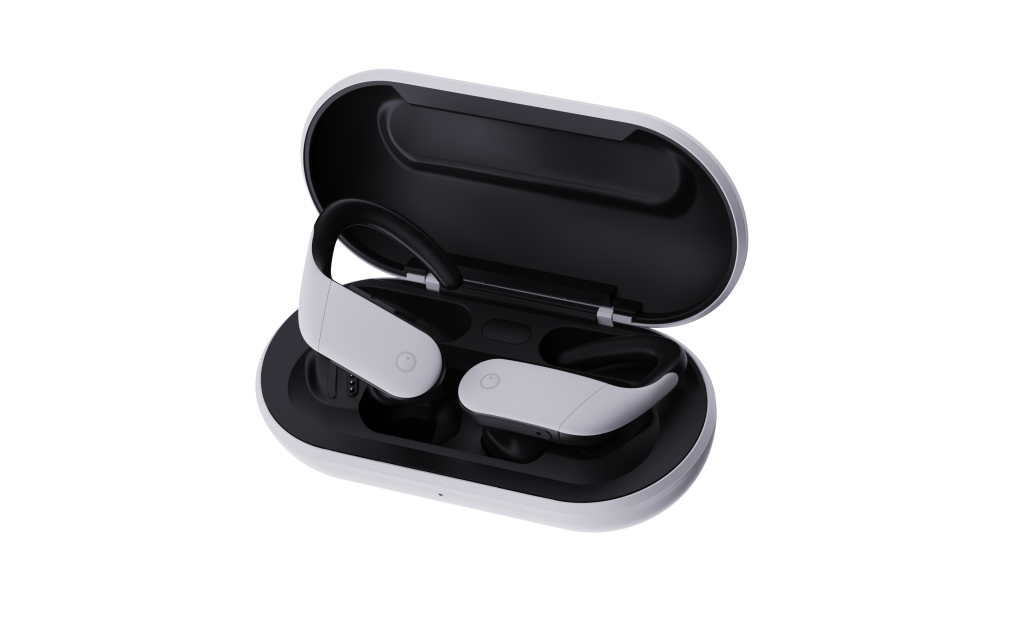
OliveMax: 3-in-1 Hearing Aid Earbud & Tinnitus App
An FDA-registered hearing aid for moderate to severe hearing loss, The Olive Max offers a true Bluetooth earbud experience at the same time. This allows it to pair with all Bluetooth technology and is engineered to deliver a high-fidelity audio experience for listening to music as one would hope from any wireless Bluetooth earbuds.
Article edited by Dr. Ben Thompson – Au.D. (Audiologist)

Founder of PureTinnitus.com, Dr. Ben Thompson is an audiologist and tinnitus expert. He completed his residency at University of California at San Francisco (UCSF) and is a past board member of the California Academy of Audiology.
Via telehealth, Dr. Thompson provides tinnitus retraining therapy online. He hosts a YouTube channel, podcast, and tinnitus group coaching program to help individuals with hearing loss and tinnitus.
The information in this guide has been written using the following reliable sources:
https://support.apple.com, http://familyaudiologyonline.com, https://www.hearingtracker.com, https://myhearingcenters.com ,https://www.healthyhearing.com




